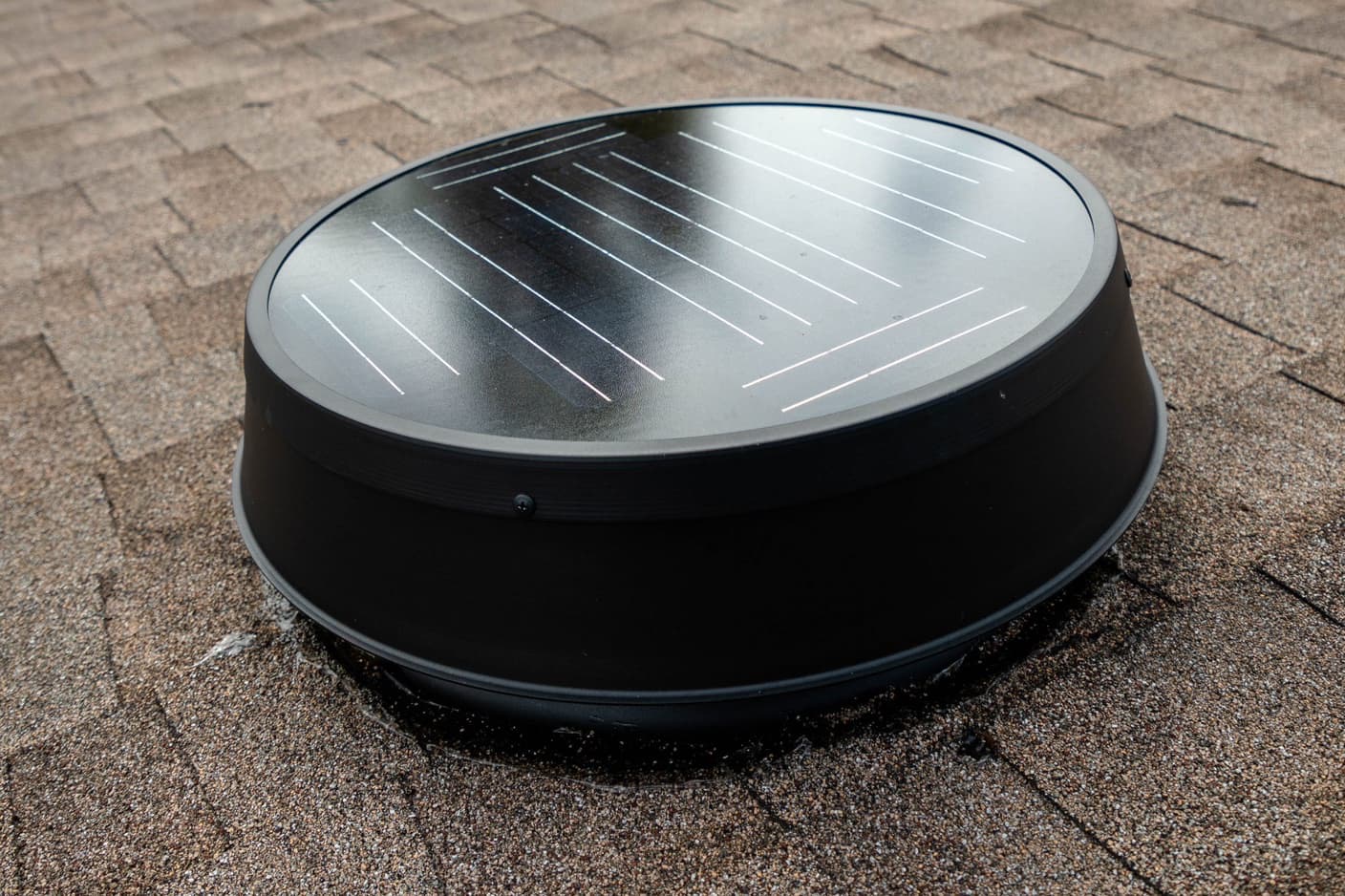

Articles
How Many Attic Fans Are Needed
Modified: March 2, 2024
Learn about the optimal number of attic fans needed for effective ventilation in this informative article. Discover the benefits of installing the right amount to maintain a comfortable home environment.
(Many of the links in this article redirect to a specific reviewed product. Your purchase of these products through affiliate links helps to generate commission for Storables.com, at no extra cost. Learn more)
Introduction
Welcome to the world of attic fans, where we explore the importance of proper attic ventilation and delve into the question of how many attic fans are needed to ensure optimal performance. An attic fan is a ventilation system designed to extract hot air from your attic and replace it with cooler air from the outside. This simple yet effective mechanism helps regulate the temperature and moisture levels in your attic, reducing the strain on your HVAC system and prolonging the lifespan of your roof.
Proper attic ventilation is crucial for maintaining a healthy, comfortable home environment. Without adequate ventilation, your attic can become a breeding ground for issues such as excessive heat buildup, high humidity levels, and mold growth. These problems can lead to a range of costly and potentially dangerous consequences, from decreased energy efficiency and increased utility costs to structural damage.
So, when it comes to determining the number of attic fans needed for your specific situation, there are a few key factors to consider. The size of your attic, climate and weather conditions in your area, the type and capacity of attic fans, and the installation location all play a role in determining the optimal number of fans required.
Let’s explore these factors in more detail to help you make an informed decision about how many attic fans are needed for your home.
Key Takeaways:
- Proper attic ventilation is crucial for a healthy, energy-efficient home. Factors like attic size, climate, and fan type determine the number of attic fans needed for optimal airflow and temperature control.
- Attic fans, when strategically placed and balanced with intake vents, help regulate temperature and moisture levels. Consider additional ventilation options like soffit vents and ridge vents for enhanced airflow and efficiency.
Read more: How Many Attic Baffles Do I Need
What is an Attic Fan?
An attic fan, also known as an attic ventilator, is a type of exhaust fan that is specifically designed to regulate the temperature and moisture levels in your attic. It works by drawing in fresh air from the outside and expelling hot and stale air from the attic space.
Attic fans are typically installed on the roof or gable of a house and are connected to the attic through a series of vents or ducts. They are powered by electricity and can be controlled manually or automatically through a thermostat.
The primary purpose of an attic fan is to prevent the accumulation of heat and moisture in your attic. During hot summer months, attics can become sweltering hot, reaching temperatures well above the ambient temperature outside. This excessive heat can penetrate through the ceiling into the living spaces below, causing discomfort and putting a strain on your air conditioning system.
By expelling hot air and replacing it with cooler outside air, attic fans help to reduce the temperature inside the attic, creating a more comfortable environment. This not only improves the overall comfort of your home but also helps to lower energy costs by reducing the need for air conditioning.
In addition to temperature control, attic fans also play a crucial role in controlling moisture levels. Moisture build-up in the attic can lead to the growth of mold and mildew, which can pose serious health risks to you and your family. By promoting air circulation and ventilation, attic fans help to prevent moisture from building up, reducing the likelihood of mold growth.
Attic fans come in various sizes and capacities to accommodate different attic sizes and ventilation requirements. It is essential to choose the right size and number of fans to ensure efficient airflow and optimal performance.
Now that we have a better understanding of what attic fans are and their purpose, let’s explore why they are important for maintaining a healthy and energy-efficient home environment.
Why are Attic Fans Important?
Attic fans play a crucial role in maintaining a healthy and energy-efficient home environment. Here are a few key reasons why these fans are important:
- Temperature Regulation: One of the primary functions of an attic fan is to regulate the temperature inside the attic. During hot summer months, attics can reach extremely high temperatures, often exceeding the ambient temperature outside. This excessive heat can radiate through the ceiling, making the living spaces below uncomfortable and placing a strain on your HVAC system. Attic fans help to expel hot air from the attic, reducing the temperature, and creating a more comfortable living environment throughout your home.
- Energy Efficiency: Attic fans can significantly improve the energy efficiency of your home. By actively ventilating the attic space, these fans help to prevent the accumulation of hot air. This, in turn, reduces the heat transfer from the attic to the living spaces below. As a result, your air conditioning system doesn’t have to work as hard to maintain a comfortable indoor temperature, leading to lower energy consumption and reduced utility bills.
- Moisture Control: Attics are prone to moisture buildup, which can lead to the growth of mold, mildew, and rot. Attic fans help to circulate fresh air through the attic, preventing excess moisture from accumulating. By keeping moisture levels in check, these fans reduce the risk of mold growth, preserve the integrity of your roof and insulation, and contribute to a healthier indoor environment.
- Extended Roof Lifespan: Excessive heat buildup in the attic can cause shingles and other roofing materials to deteriorate more quickly. By effectively ventilating the attic, attic fans help to reduce the strain on your roof, prolonging its lifespan and ensuring that it functions optimally for years to come.
- Improved Air Quality: Attic fans help to remove stale air and odors from the attic. This can contribute to better indoor air quality throughout your home since the air from the attic can sometimes seep into living spaces through cracks and gaps in the ceiling, potentially carrying allergens, dust, and other contaminants.
In summary, attic fans are important for maintaining optimal temperature, improving energy efficiency, controlling moisture levels, extending the lifespan of your roof, and enhancing indoor air quality. By investing in attic fans and ensuring proper ventilation, you can create a more comfortable, healthier, and cost-effective living environment.
Factors to Consider When Determining the Number of Attic Fans Needed
When it comes to determining the number of attic fans needed for your specific situation, there are a few key factors to consider. These factors include the size of your attic, climate and weather conditions in your area, the type and capacity of attic fans, and the installation location. Let’s explore each of these factors in more detail:
- Size of the Attic: The size of your attic is an important factor in determining how many fans you need. A larger attic will require more fans to effectively ventilate the space. As a general rule, you should aim for a ventilation rate of 1 square foot of ventilation area for every 150 square feet of attic space.
- Climate and Weather Conditions: The climate and weather conditions in your area play a significant role in determining the number of attic fans needed. If you live in a hot and humid climate, you may require more fans to handle the increased heat and moisture levels. Additionally, if your area experiences frequent heatwaves or extreme temperature fluctuations, you may need additional fans to ensure adequate ventilation during these periods.
- Type and Capacity of Attic Fans: There are different types of attic fans available, including roof-mounted fans, gable-mounted fans, and solar-powered fans. Each type has its own capacity and airflow rates. It’s important to choose fans that are suitable for your attic size and ventilation requirements. Consider factors such as the CFM (cubic feet per minute) rating, which indicates the airflow capacity of the fan, and match it with the recommendations for your attic size.
- Installation Location: The installation location of attic fans can impact their effectiveness. Ideally, the fans should be positioned in a way that allows for the efficient intake of fresh air and the expulsion of hot air. Roof-mounted fans should be installed near the peak of the roof, while gable-mounted fans should be placed on the gable end of the attic. Properly positioning the fans ensures optimal airflow and ventilation.
- Additional Ventilation Options: In some cases, attic fans alone may not be sufficient to adequately ventilate your attic. Additional ventilation options such as soffit vents, ridge vents, or turbine vents can complement the functionality of attic fans and help create a balanced airflow throughout the attic space. Consulting with a professional or an HVAC specialist can help you determine if additional ventilation options are needed.
By considering these factors, you can determine the appropriate number of attic fans needed to effectively ventilate your attic and maintain a healthy home environment. It’s always a good idea to consult with professionals who can assess your specific situation and provide guidance tailored to your needs.
Size of the Attic
The size of your attic is a crucial factor to consider when determining the number of attic fans needed to adequately ventilate the space. The size of the attic directly affects the airflow and ventilation requirements, as well as the overall effectiveness of the fans. Let’s explore why the size of the attic matters and how it influences the number of fans needed.
In general, larger attics require more ventilation to achieve proper airflow and temperature regulation. The goal of attic ventilation is to create a balanced exchange of air, removing hot and humid air while allowing fresh air to circulate. Inadequate ventilation can result in hot spots, moisture buildup, and reduced effectiveness of the fans.
As a rule of thumb, it is recommended to have a ventilation rate of 1 square foot of ventilation area for every 150 square feet of attic space. This guideline ensures that there is sufficient air movement to prevent heat and moisture buildup. To calculate the needed ventilation area, simply measure the square footage of your attic and divide it by 150. For example, if your attic is 900 square feet, you would need 6 square feet of ventilation area.
The ventilation area can be achieved through a combination of intake vents (such as soffit vents or eave vents) and exhaust vents (attic fans, ridge vents, or gable vents). Attic fans are typically rated by their airflow capacity, measured in cubic feet per minute (CFM). The CFM rating indicates the volume of air that the fan can move in one minute. Depending on the size of your attic and the CFM rating of the attic fans, you can determine the number of fans needed to achieve the recommended ventilation rate.
However, it is essential to note that effective ventilation is not solely dependent on the number of attic fans. The placement and distribution of the fans also play a critical role. Attic fans should be strategically positioned to ensure proper intake and exhaust airflow. Placing fans near the peak of the roof or gable ends can facilitate the expulsion of hot air while allowing fresh air to enter the attic space.
Factors such as attic configuration, obstructions, and any unique characteristics of your attic should also be taken into account when assessing the size ventilation requirements. Consulting with a professional or an HVAC specialist can provide valuable insights and help determine the optimal number and placement of fans for your specific attic size and layout.
In summary, the size of your attic influences the number of attic fans needed to achieve adequate ventilation. A larger attic generally requires more fans to maintain proper airflow and temperature regulation. By considering the square footage of your attic, the recommended ventilation rate, and the CFM rating of the attic fans, you can determine the appropriate number of fans needed for efficient attic ventilation.
Consider the size of your attic and the climate in your area when determining how many attic fans are needed. A general rule of thumb is one fan for every 1500 square feet of attic space.
Read more: How Many Gable Fans Do I Need?
Climate and Weather Conditions
When determining the number of attic fans needed for your specific situation, it is crucial to consider the climate and weather conditions in your area. The climate and weather directly impact the temperature and moisture levels in your attic, which in turn affect the ventilation requirements. Let’s explore why climate and weather conditions matter and how they influence the number of attic fans needed.
The first factor to consider is the average temperature in your region. If you live in a hot climate where temperatures frequently exceed comfortable levels, your attic is more likely to accumulate excessive heat. This can lead to increased energy consumption, reduced effectiveness of your air conditioning system, and discomfort in your living spaces. In such cases, additional attic fans may be necessary to effectively expel the hot air and maintain a cooler attic temperature.
Similarly, if you reside in a humid climate, the moisture levels in your attic can rise. High humidity levels can result in condensation and the growth of mold and mildew, which can cause damage to your attic and pose health risks. Attic fans play a vital role in mitigating excessive moisture by promoting airflow and preventing the buildup of condensation. In areas with high humidity, it may be beneficial to consider the capacity and efficiency of the attic fans to ensure effective moisture control.
Extreme weather conditions, such as heatwaves or rapid temperature fluctuations, can also dictate the number of attic fans needed. During heatwaves, the attic can heat up rapidly, requiring additional ventilation capacity to keep the temperature in check. Similarly, if you experience significant swings in temperature between day and night, having attic fans that can quickly ventilate and regulate the attic’s temperature becomes essential.
It is important to keep in mind that the specific climate and weather conditions can vary greatly depending on your location. Therefore, consulting with local professionals or HVAC specialists who have knowledge and experience in your region’s climate is highly recommended. They can provide guidance on the optimal number and capacity of attic fans needed to effectively ventilate your attic based on your specific weather conditions.
Additionally, it is worth noting that climate change and global weather patterns are causing shifts in temperature and weather conditions in various regions. As a result, it is crucial to stay informed about any changes in your area’s climate to ensure your attic ventilation system remains adequate and efficient.
In summary, climate and weather conditions directly impact attic ventilation requirements. Hot climates, high humidity levels, extreme weather events, and temperature fluctuations all influence the number of attic fans needed. Understanding the unique weather conditions in your area and consulting with professionals can help you determine the appropriate number and capacity of attic fans required for your specific situation.
Type and Capacity of Attic FansWhen determining the number of attic fans needed for your home, it’s important to consider the type and capacity of the fans. The type and capacity directly affect the airflow and ventilation capabilities, ensuring the efficient exchange of air in your attic. Let’s explore the different types of attic fans and how their capacity influences the number required.
1. Roof-Mounted Attic Fans: These fans are installed on the roof of your home and are designed to exhaust hot air from the attic. Roof-mounted attic fans are typically powered by electricity and come in various sizes and capacities. The capacity of these fans is measured in terms of cubic feet per minute (CFM), which indicates the volume of air that the fan can move in one minute. Depending on the size of your attic and the recommended ventilation rate, you can choose the appropriate CFM capacity for your roof-mounted fans.
2. Gable-Mounted Attic Fans: These fans are installed on the gable end of your attic. Gable-mounted fans work by exhausting hot air from the attic and are also available in different sizes and capacities. The capacity of gable-mounted fans is also measured in CFM. Similar to roof-mounted fans, you will need to determine the recommended ventilation rate and choose fans with the appropriate CFM capacity.
3. Solar-Powered Attic Fans: These fans are a popular eco-friendly option as they are powered by solar energy. Solar-powered attic fans offer the advantage of reduced energy consumption and can be installed on the roof or gable end of your attic. These fans come in various sizes and capacities, and their CFM ratings should be taken into consideration when calculating the number needed for proper ventilation.
The capacity and airflow rate of attic fans are important factors to consider when determining the number needed. To calculate the required capacity, you should aim for a ventilation rate of 1 square foot of ventilation area for every 150 square feet of attic space. Using this guideline, you can determine the total ventilation area needed for your attic and choose attic fans with CFM ratings that match or exceed this requirement.
Additionally, it’s important to ensure a balanced ventilation system by considering intake vents as well. Intake vents, such as soffit vents or eave vents, provide fresh air to replace the exhausted air. The total ventilation system should have a proper balance between intake and exhaust to achieve efficient airflow. Consulting with a professional or an HVAC specialist can provide valuable guidance in selecting the appropriate type and capacity of attic fans based on your specific attic size and ventilation requirements.
In summary, the type and capacity of attic fans play a significant role in the ventilation process. Roof-mounted, gable-mounted, and solar-powered fans offer different options to exhaust hot air from the attic. Consider the CFM ratings and ensure a balanced ventilation system that meets the recommended ventilation rate for your attic size. By selecting the right type and capacity of attic fans, you can ensure effective ventilation and maintain a comfortable and healthy home environment.
Location of the Attic Fans
When determining the number of attic fans needed for your home, it’s crucial to consider the optimal location for installing the fans. The location plays a significant role in maximizing the effectiveness of the ventilation system and ensuring efficient airflow throughout the attic. Let’s explore why the location of the attic fans matters and how it influences the number of fans required.
The primary objective of attic fans is to expel hot and stale air from the attic while allowing fresh air to enter. The placement of the fans determines how effectively they can achieve this exchange of air. Here are some factors to consider when determining the location of the attic fans:
1. Roof-Mounted Fans: Roof-mounted fans should be installed near the peak of the roof to facilitate the efficient expulsion of hot air. Placing them higher up allows for an unobstructed path for air to flow out of the attic. The fans should be evenly distributed to ensure balanced ventilation throughout the attic space. The number of roof-mounted fans required will depend on the size of the attic and ventilation requirements for the recommended ventilation rate.
2. Gable-Mounted Fans: Gable-mounted fans are installed on the gable ends of the attic. It is important to position them in a way that promotes the intake of fresh air and the expulsion of hot air. The fans should ideally be placed on opposite gable ends to create cross-ventilation, allowing for a more effective exchange of air. The number of gable-mounted fans needed will depend on the attic size and the ventilation requirements for the recommended ventilation rate.
3. Solar-Powered Fans: Solar-powered fans can be installed on either the roof or gable ends, depending on the design and configuration of your attic. The key is to ensure that they are placed in a location that allows for optimal airflow. Just like with roof-mounted and gable-mounted fans, the number of solar-powered fans required will depend on the attic size and the ventilation requirements.
In addition to the placement of the fans, it’s important to consider the overall attic ventilation system. Proper intake vents, such as soffit vents or eave vents, should be installed to allow for the intake of fresh air. The combination of intake vents and exhaust fans creates a balanced ventilation system that ensures efficient airflow and temperature regulation.
Consulting with an HVAC professional or attic ventilation specialist can provide valuable insights into the optimal location and placement of the attic fans based on your specific attic layout and ventilation requirements. They can assess your attic conditions, consider any obstructions, and provide recommendations on the number and placement of fans to achieve effective ventilation.
In summary, the location of the attic fans is crucial for effective ventilation. Roof-mounted, gable-mounted, and solar-powered fans should be placed strategically to facilitate the intake of fresh air and the expulsion of hot air. Proper placement, along with a balanced ventilation system, ensures efficient airflow throughout the attic space, helping to regulate temperatures and maintain a healthy home environment.
Additional Ventilation Options
When it comes to attic ventilation, there are additional options to consider alongside attic fans. These options can complement the functionality of the fans and help create a balanced airflow throughout the attic space. Let’s explore some of these additional ventilation options:
1. Soffit Vents: Soffit vents are installed in the eaves or soffits of your roofline. They provide a source of fresh air intake into the attic. Soffit vents work in conjunction with attic fans by allowing cool air to enter the attic space while the fans exhaust hot air. The combination of soffit vents and fans creates a balanced ventilation system, ensuring efficient airflow throughout the attic.
2. Ridge Vents: Ridge vents are installed along the ridge of the roof. They serve as passive exhaust vents. Ridge vents work best when combined with soffit vents. The soffit vents allow fresh air to enter the attic, and the ridge vents, located at the peak of the roof, exhaust hot air. This creates a natural airflow pattern, known as the “stack effect,” where hot air rises and is expelled through the ridge vents while cool air enters through the soffit vents.
3. Turbine Vents: Turbine vents, also known as whirlybirds, are rotating vents installed on the roof. They utilize wind power to create suction, effectively drawing hot air out of the attic. Turbine vents are particularly effective in areas with strong winds. When combined with soffit vents for intake, turbine vents can provide additional ventilation and help expel hot air from the attic.
4. Power Vents: Power vents, similar to attic fans, are electrically powered ventilation systems. However, unlike attic fans, power vents are installed directly on the roof and do not require a separate exhaust duct. Power vents feature a built-in fan that expels hot air from the attic. They can provide an alternative option for attic ventilation, especially in situations where attic fans may not be suitable.
It’s important to note that not all ventilation options may be suitable for every attic. Factors such as your attic configuration, climate, and weather conditions should be considered when selecting additional ventilation options. Consulting with a professional or an HVAC specialist can help determine which combination of ventilation options is most appropriate for your specific attic needs.
When implementing additional ventilation options, it is essential to maintain a balanced ventilation system. The intake and exhaust vents should be properly distributed to ensure efficient airflow throughout the attic. Improperly balanced ventilation systems can lead to air stagnation, reduced effectiveness, and potential problems such as moisture buildup.
In summary, additional ventilation options such as soffit vents, ridge vents, turbine vents, and power vents can complement attic fans and contribute to a balanced ventilation system. These options provide additional sources of fresh air intake and exhaust, helping to regulate temperature and moisture levels in the attic. Consultation with professionals can guide you in selecting the appropriate combination of additional ventilation options for your specific attic configuration and ventilation requirements.
Read more: How To Fix An Attic Fan
Conclusion
Attic fans are essential for maintaining a healthy, comfortable, and energy-efficient home. Determining the number of attic fans needed requires careful consideration of various factors. These factors include the size of the attic, climate and weather conditions, type and capacity of attic fans, the location of the fans, and additional ventilation options.
The size of the attic influences the number of attic fans required, with larger attics generally needing more fans to achieve efficient ventilation. Climate and weather conditions play a significant role in determining the ventilation needs, as hot climates, high humidity, and extreme weather events can affect temperature and moisture levels in the attic. Considering the type and capacity of attic fans is crucial to ensure effective airflow and ventilation. Roof-mounted, gable-mounted, and solar-powered fans offer different options with varying capacities to handle the specific requirements of your attic.
The location of the attic fans is critical for optimal ventilation. Roof-mounted fans should be installed near the roof peak, while gable-mounted fans should be placed on opposite ends to create cross-ventilation. The combination of attic fans with soffit vents and ridge vents promotes a balanced airflow throughout the attic.
Additionally, considering additional ventilation options, such as soffit vents, ridge vents, turbine vents, or power vents, can further enhance the ventilation system and create a balanced airflow. These options provide additional fresh air intake and exhaust, ensuring efficient temperature and moisture control.
In conclusion, the number of attic fans needed depends on various factors unique to your home and location. Taking into account the size of the attic, climate and weather conditions, type and capacity of fans, location, and additional ventilation options will help you determine the optimal number of attic fans for achieving efficient, effective, and balanced attic ventilation. Consulting with professionals in the field can provide valuable insights and guidance tailored to your specific needs, ensuring that your home remains comfortable, healthy, and energy-efficient.
Frequently Asked Questions about How Many Attic Fans Are Needed
Was this page helpful?
At Storables.com, we guarantee accurate and reliable information. Our content, validated by Expert Board Contributors, is crafted following stringent Editorial Policies. We're committed to providing you with well-researched, expert-backed insights for all your informational needs.
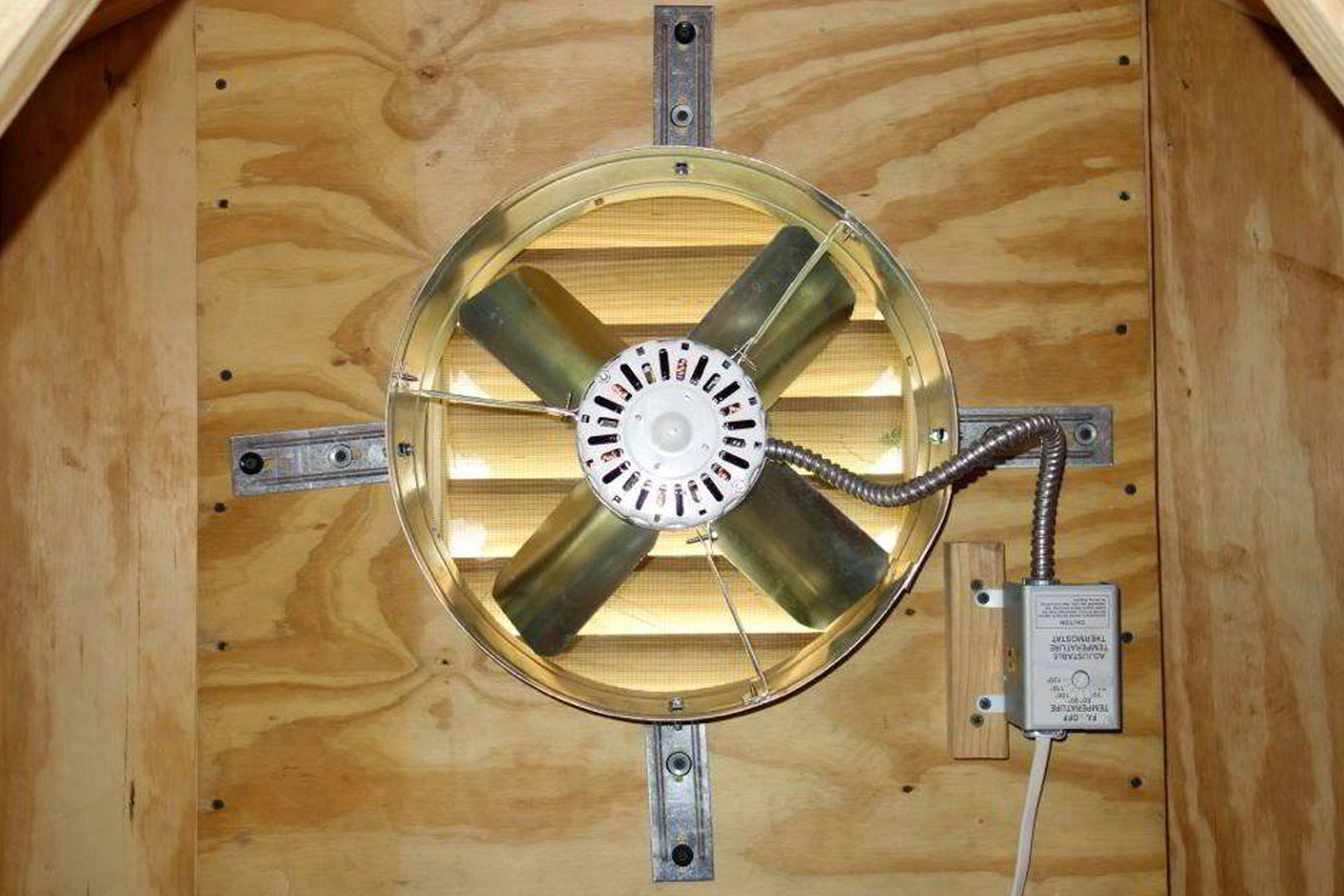
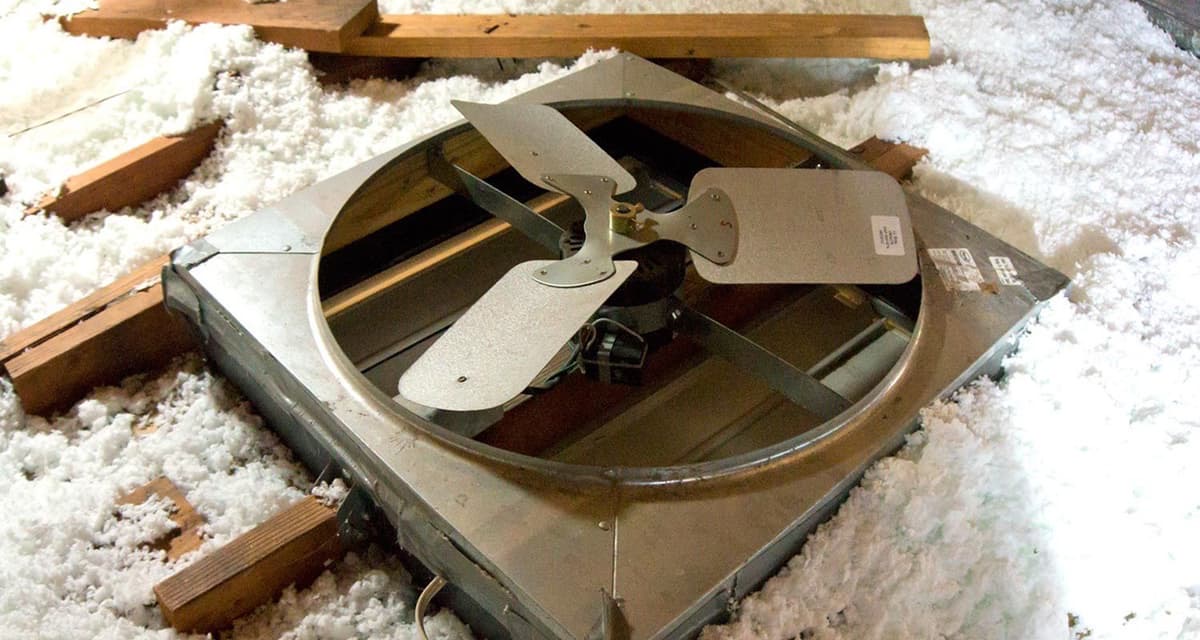
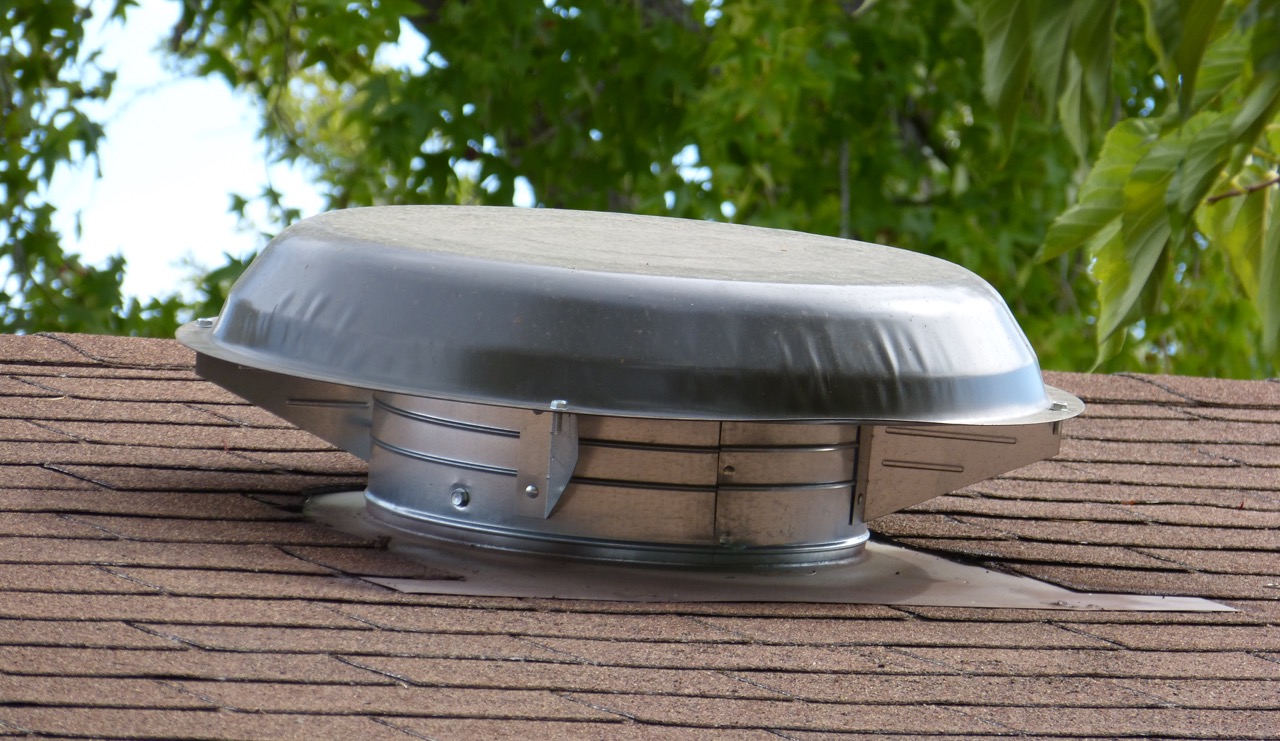
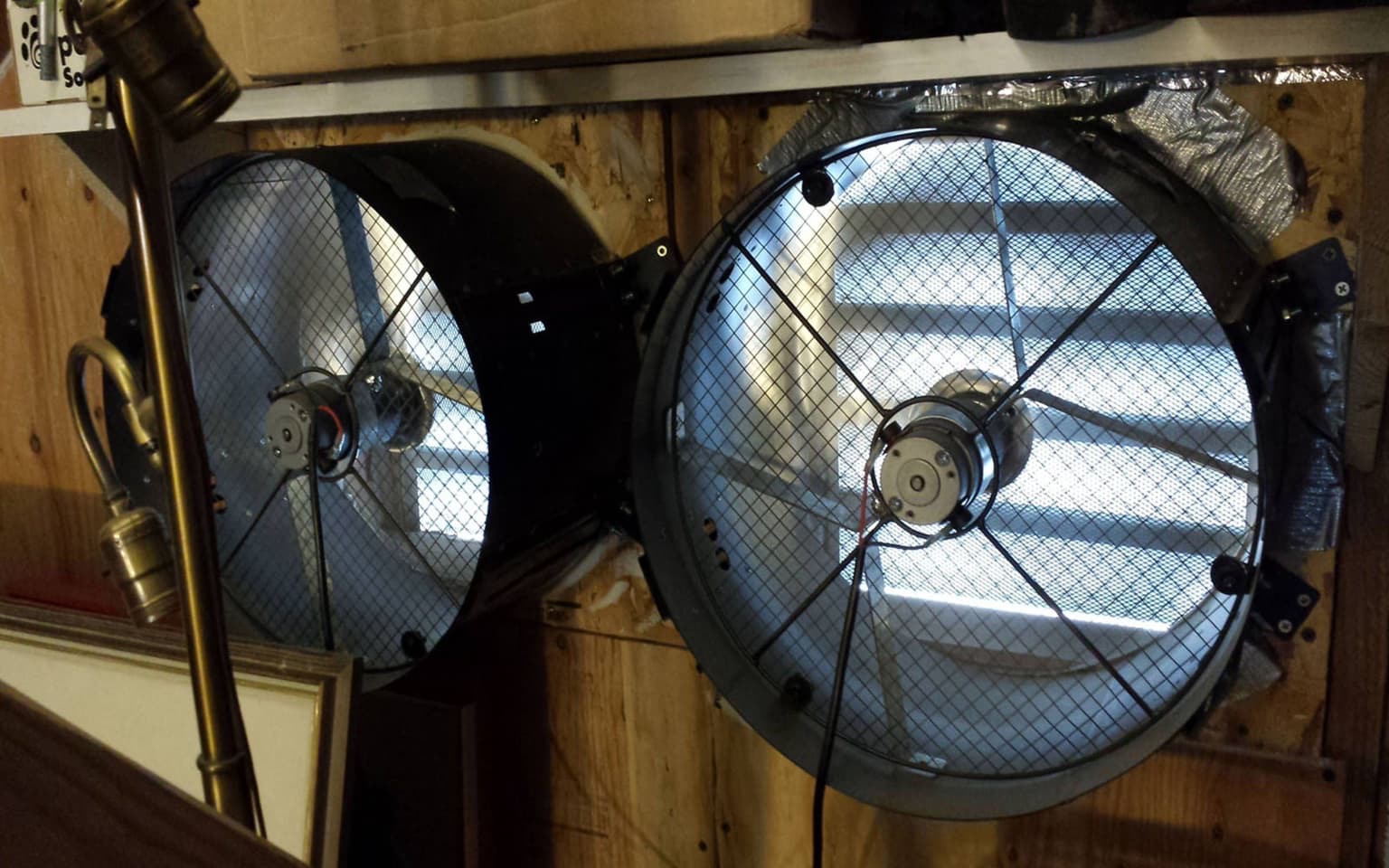
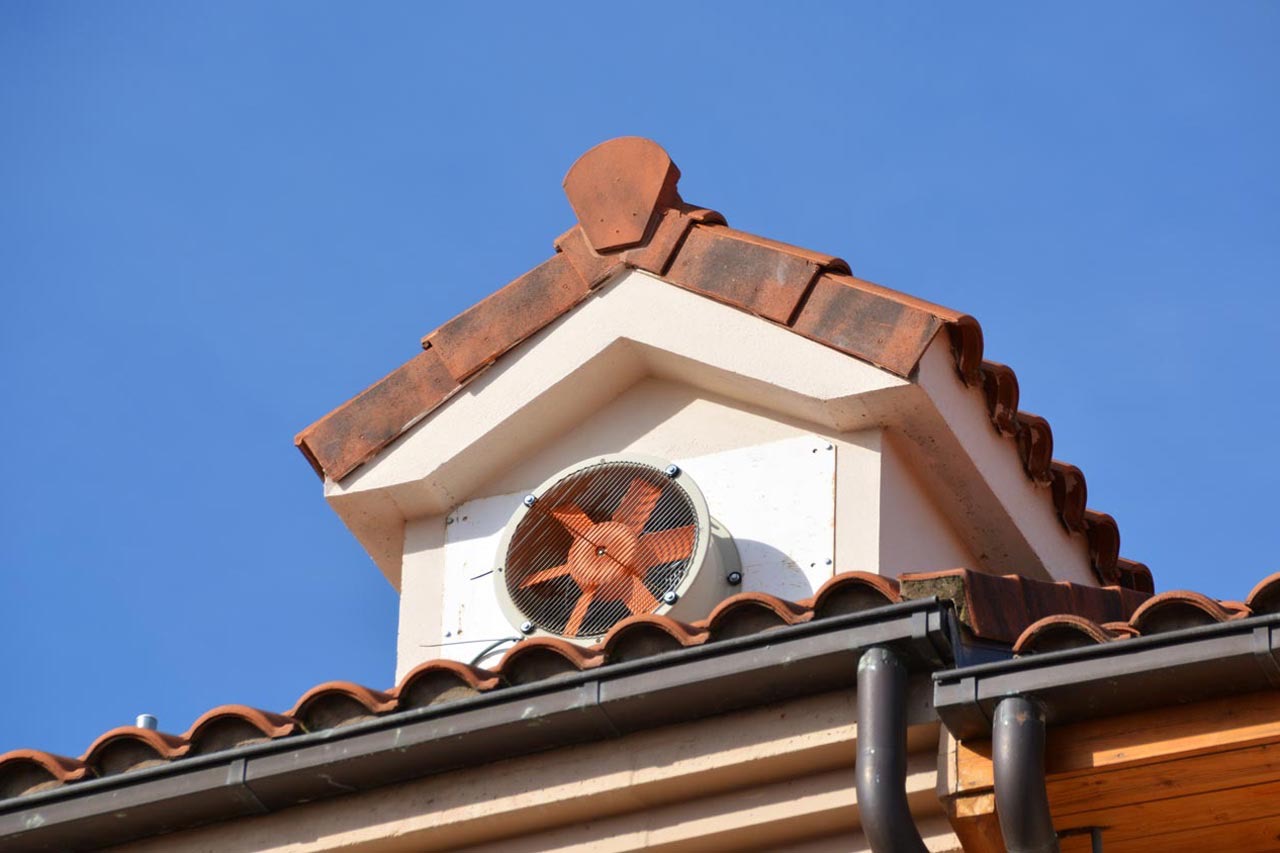
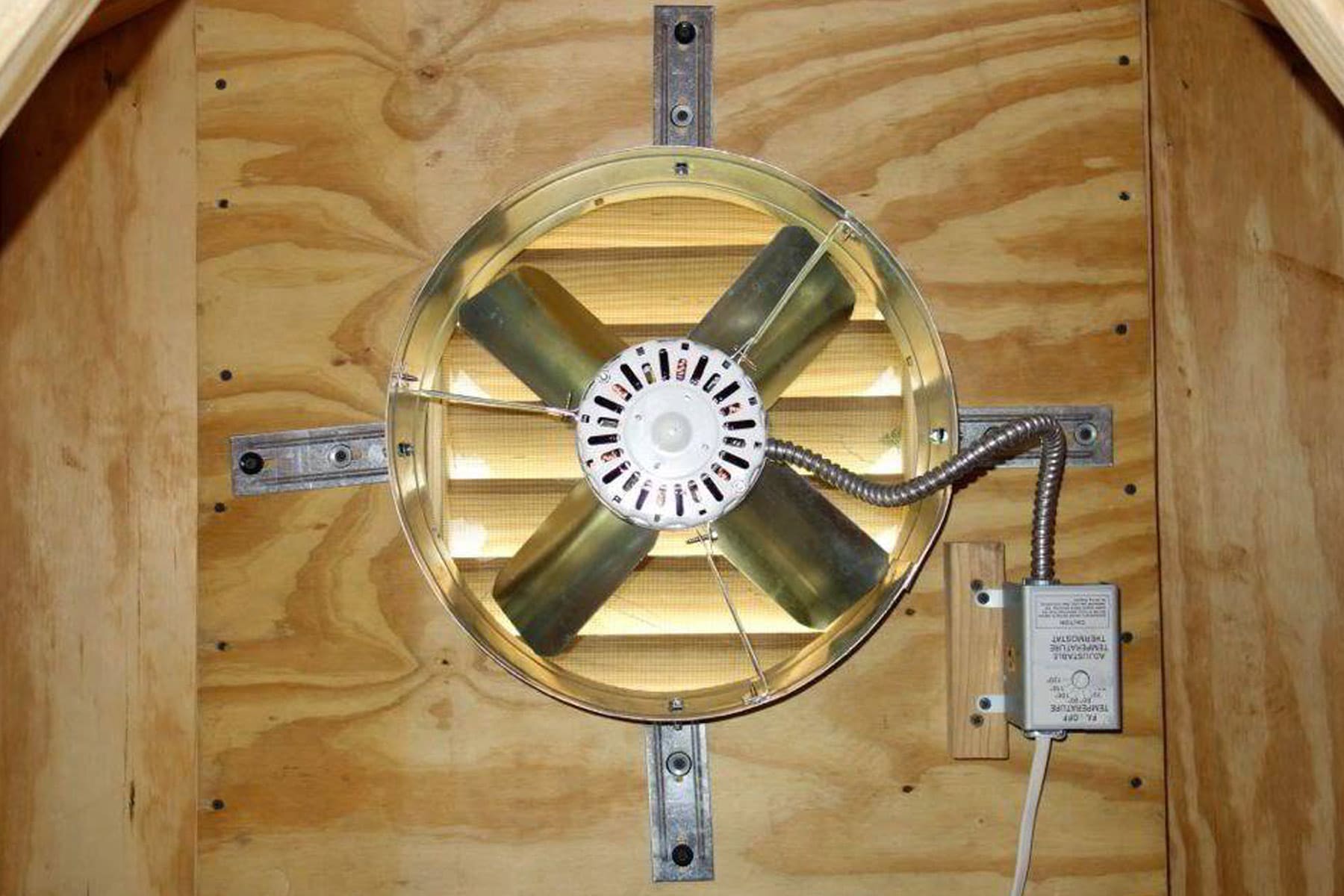
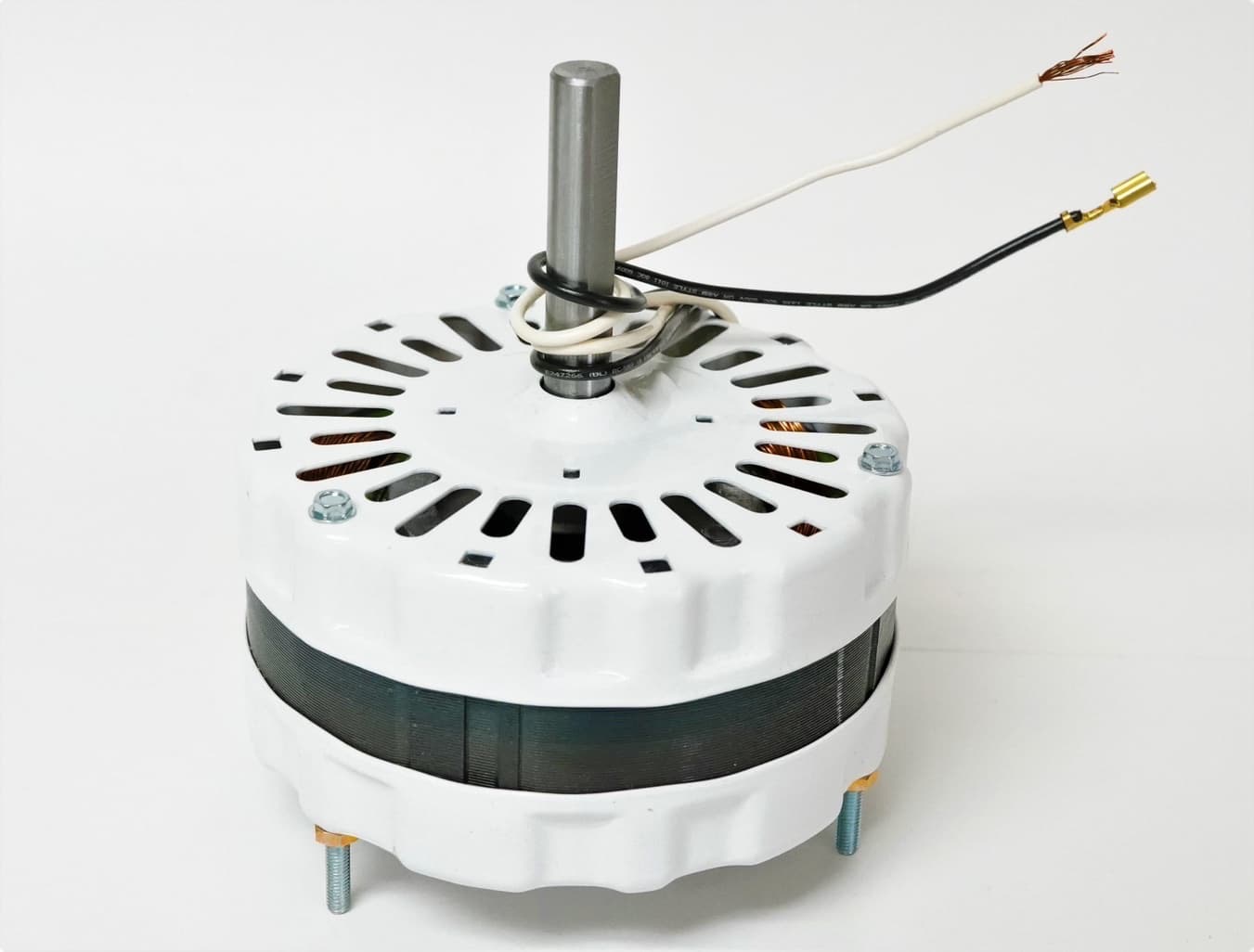
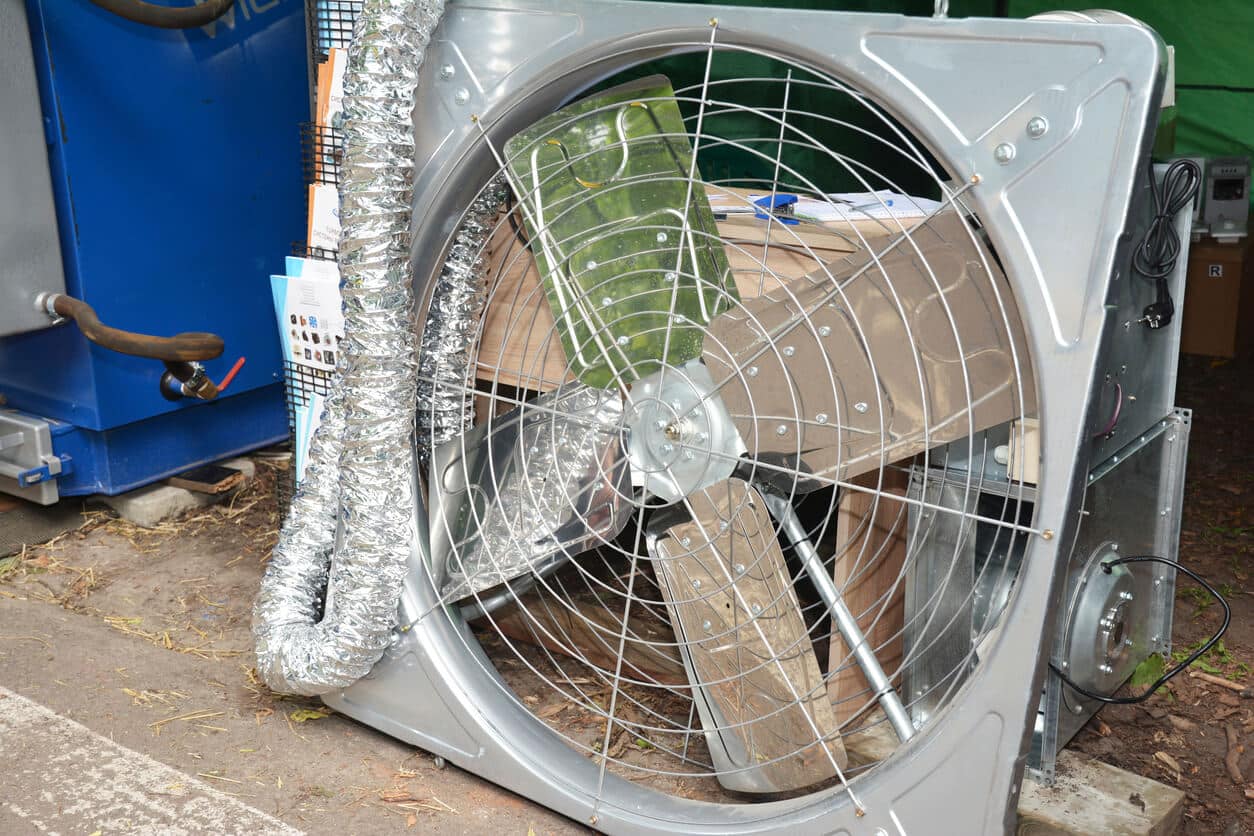
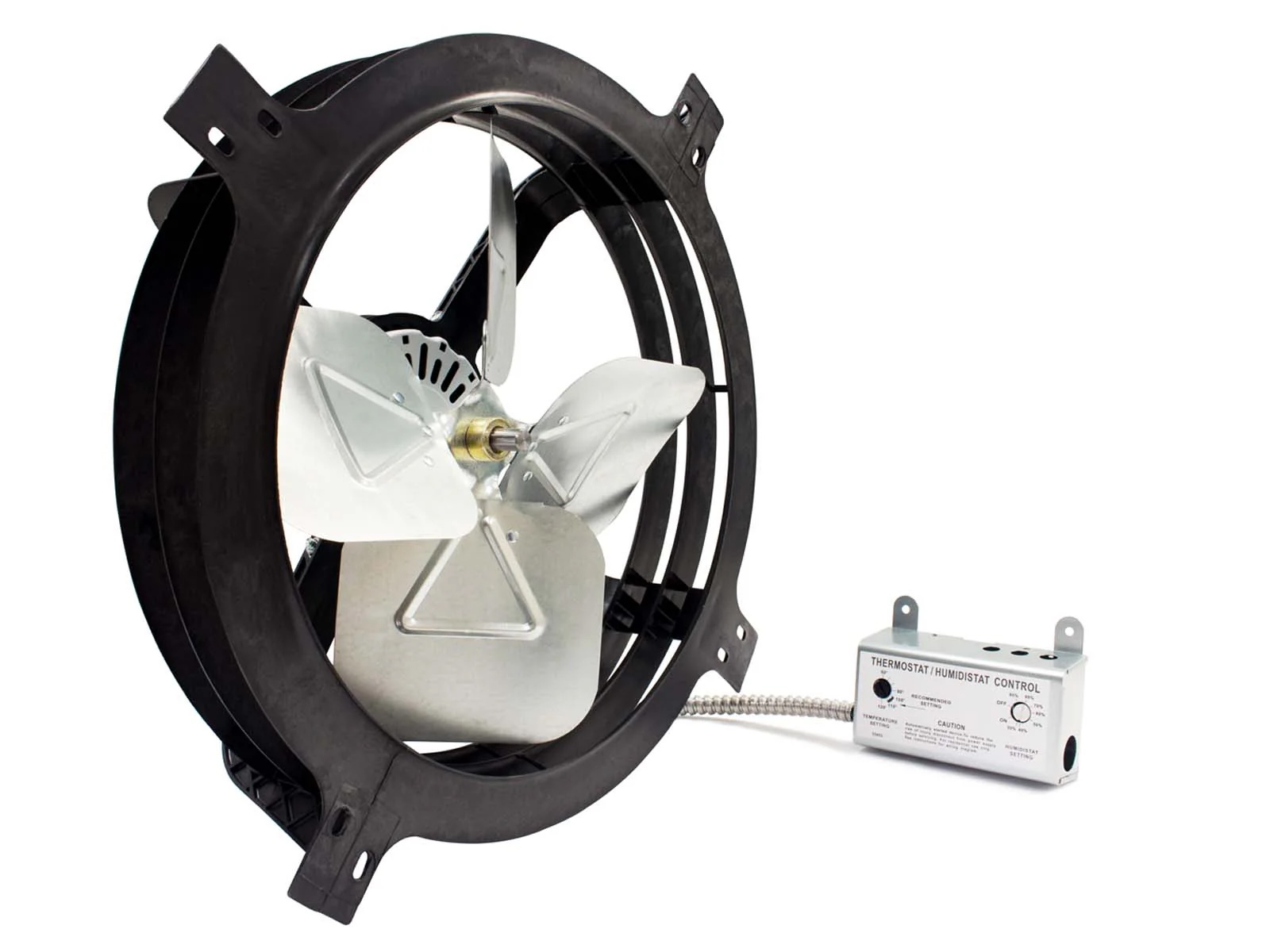
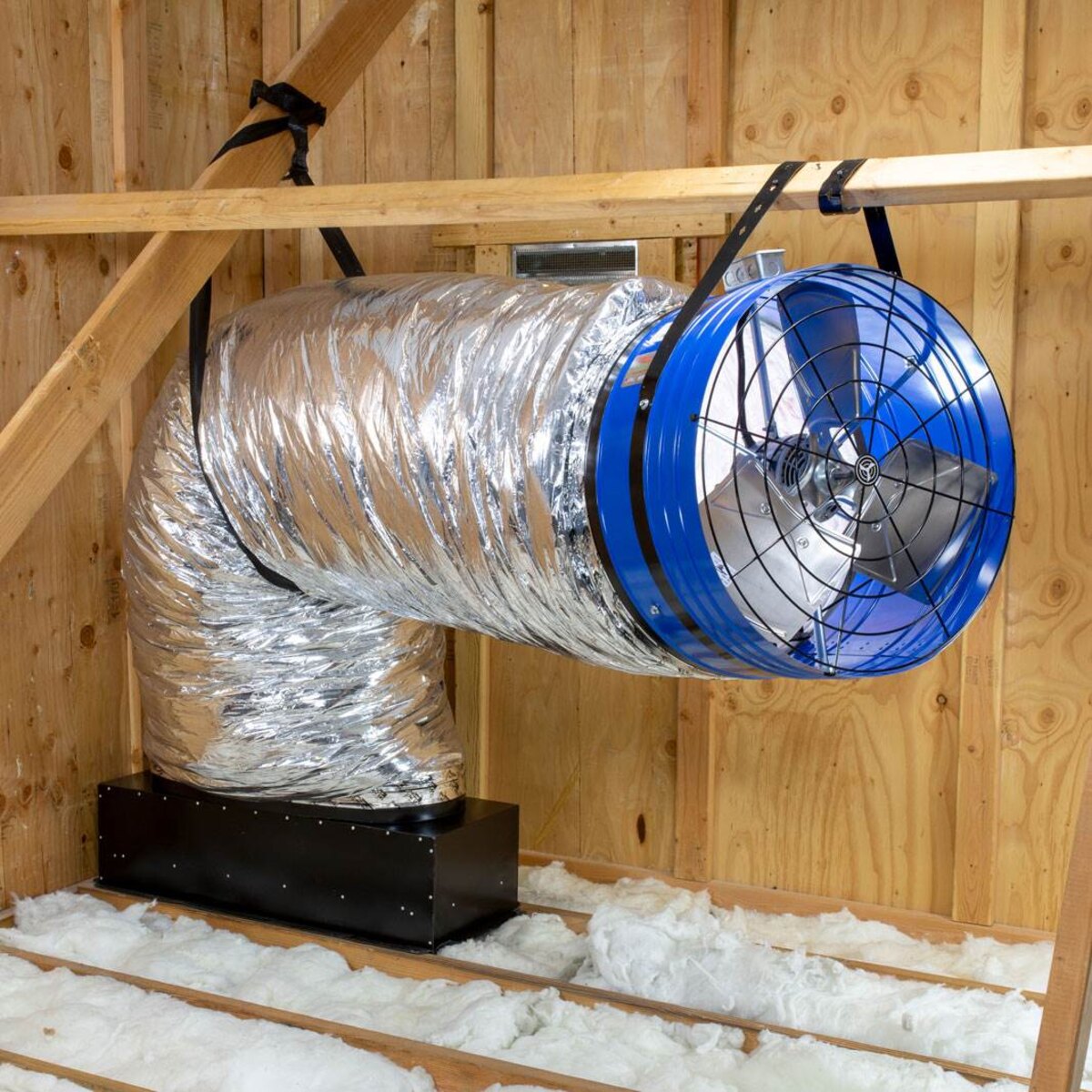
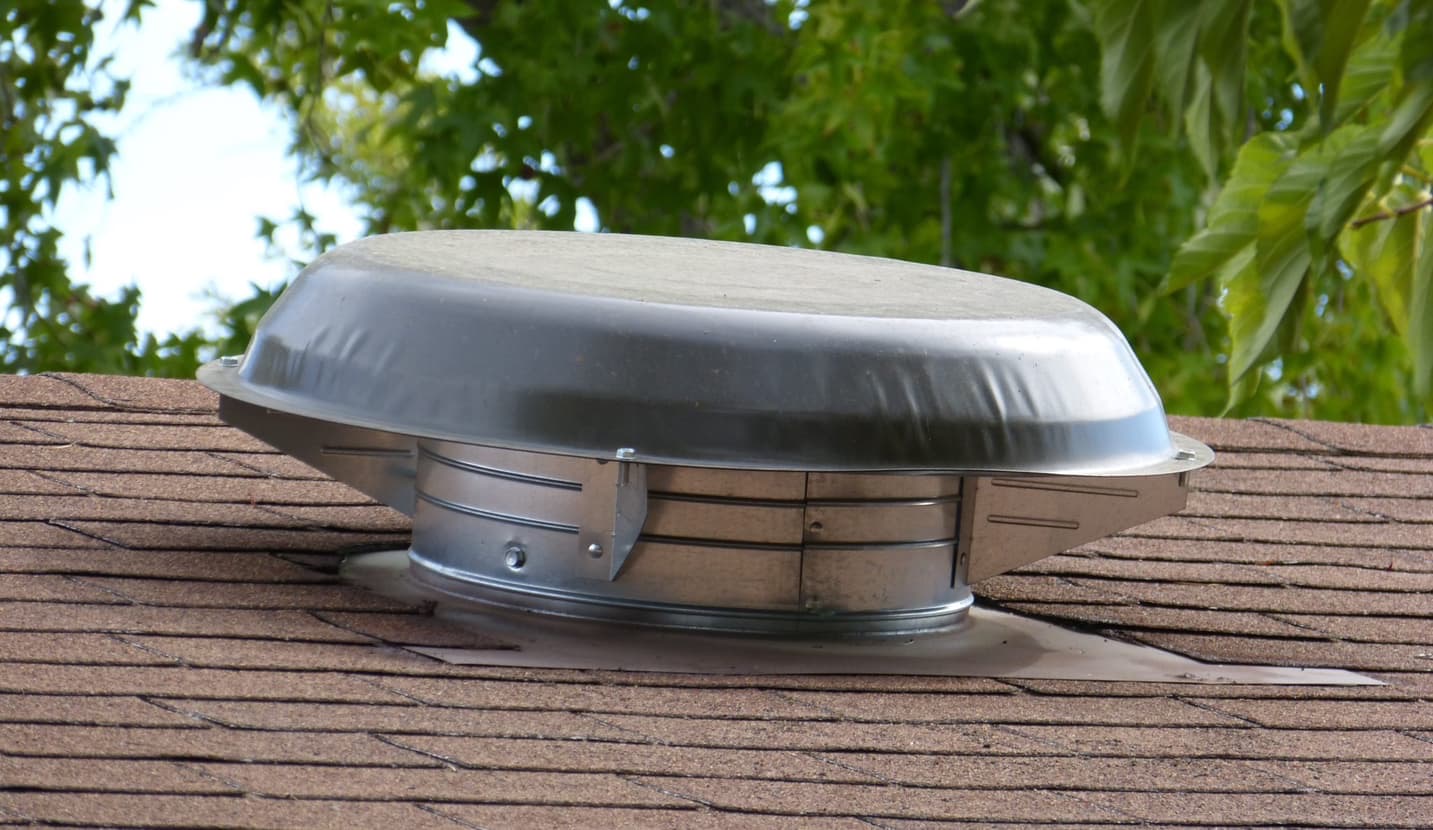
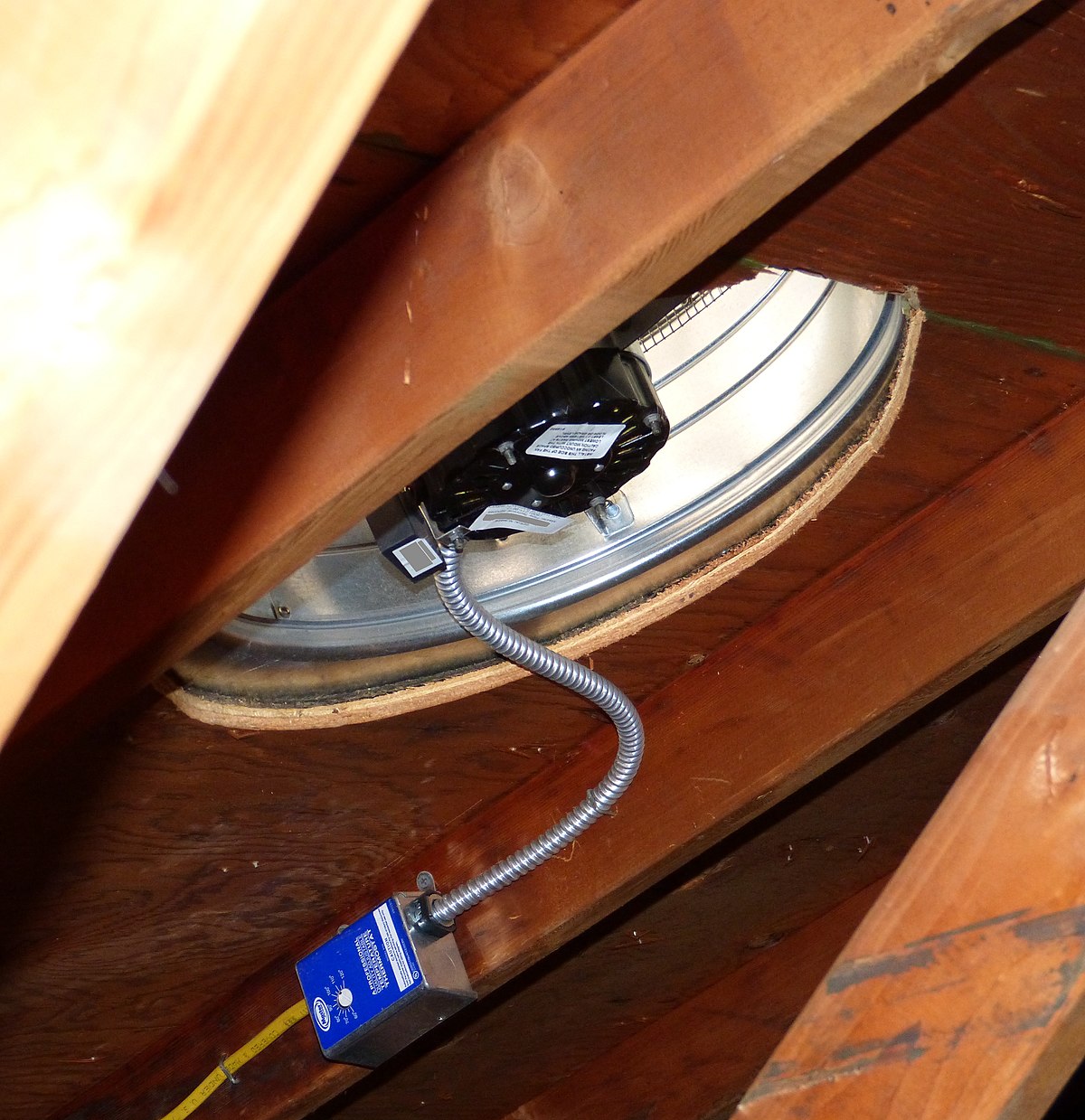
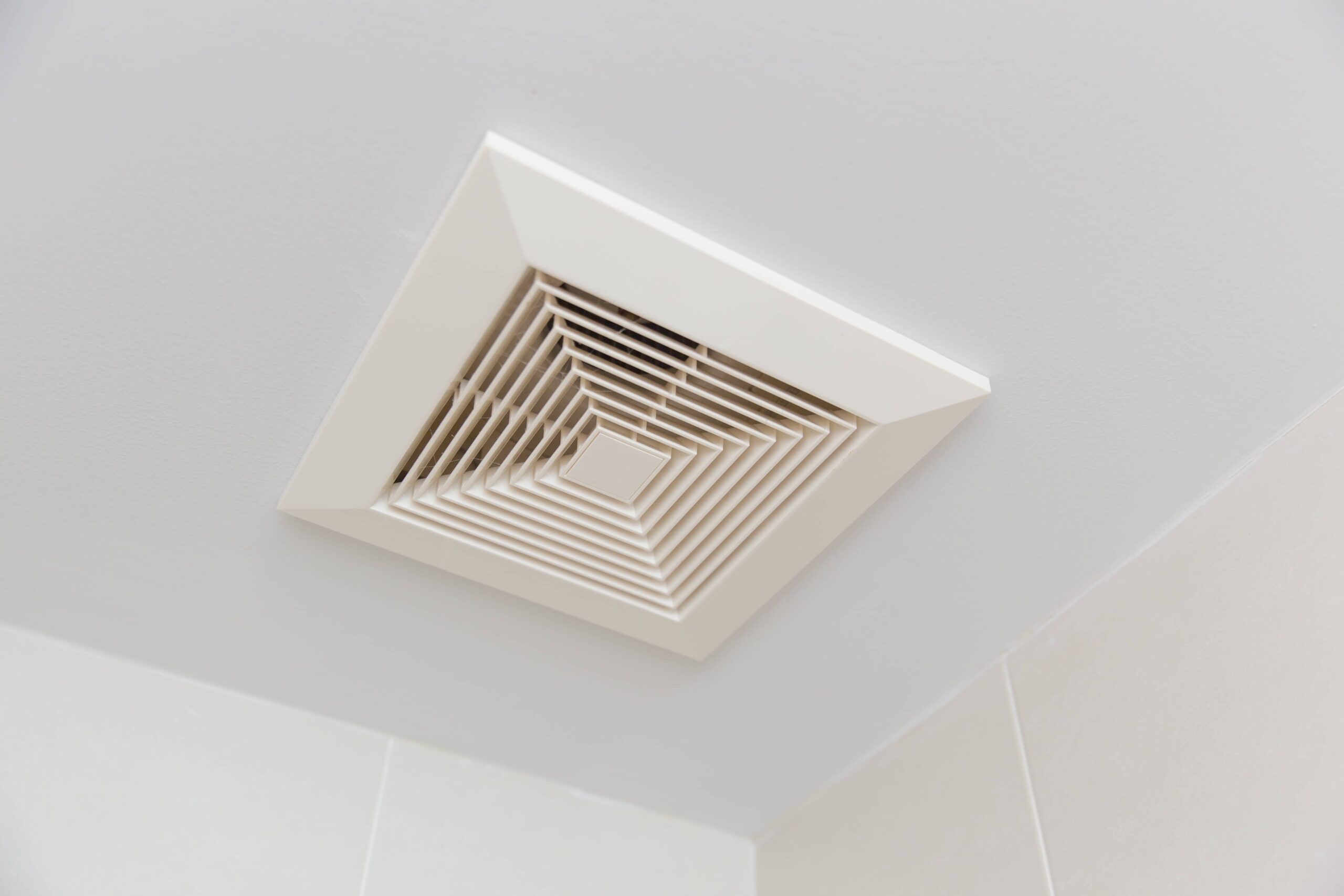

0 thoughts on “How Many Attic Fans Are Needed”